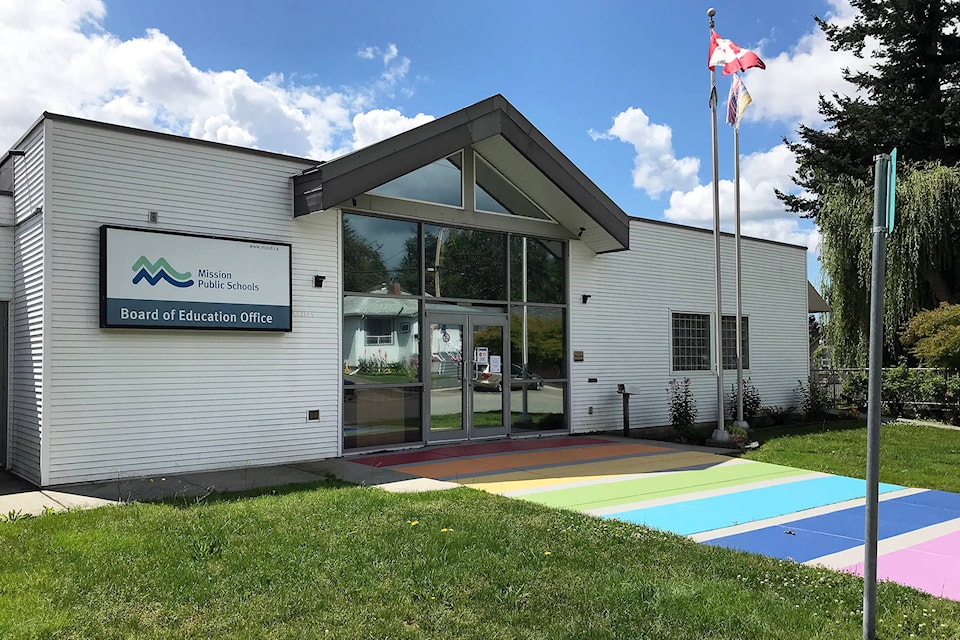Balancing the Mission School District’s budget for next year amid the uncertain costs of a second wave of COVID-19 has made it the “trickiest year I can think of,” said Superintendent Angus Wilson.
COVID-19’s economic impact is straining the district’s revenue streams through the loss of international student enrollment, the loss from the rentals and leases of school district buildings, shrinking investment incomes and costs related to staffing changes and health protocols.
Because of a potential wave of COVID-19 emerging in the fall, Wilson said it’s a balancing act between guessing how many students – and provincial funding for those students – will be there, and having enough staff and resources in place.
“Every student that doesn’t show up, just at a bare minimum, the system loses about $7,500. So if you guess wrong and you missed 12 students, that’s $100,000 right there – that’s a whole teaching position,” Wilson said. “So you tend to be on the cautious side.”
Wilson said it’s easier for the district to keep the budget conservative, as making additional hires midway through the school year is more feasible than laying staff off.
“The federal government can run these huge deficits, we’re not allowed to be one dollar over,” he said. “You send in a balanced budget and then you get prepared to react in certain ways.”
The biggest revenue change is the projected loss of 49 international students from the 139 student total last year. Their enrollment would have added just under $700,000 to district coffers – a loss of over 30 per cent from the $2 million in tuition revenue brought in for 2019/2020 school year.
The district’s revenue streams from international students is not nearly as dependent as other districts in the Lower Mainland, according to Wilson, adding he was a part of a funding model review three years ago.
“The reality is a lot of school districts have used international education as a supplement [for] the funding they were getting from the [provincial] government,” he said. “It’s pretty easy to get addicted to that … Some [districts] put a lot of chips into that.”
Adding on to lost revenues is an economic downturn affecting the district’s investment income, as well as less property leases and rentals, which together would have brought in an additional $100,000.
WorksafeBC protocols have mandated extensive cleaning and infection mitigation plans, leading the district to budget for an addition eight custodial staff – causing staffing cuts in other areas at all levels.
The budget expense summary shows the district has added over $467,000 in operations and maintenance costs since last year, while spending on instruction had decreased by just over $1,160,000.
“We haven’t laid any teachers off … But we have reduced support supplemental support [positions],” said Corien Becker, secretary treasurer for the district. “We’re trying to be as frugal as possible.”
These include reducing principal and vice principal administration time, eliminating exempt and support positions and hours, according to the budget report.
As employee related costs make up more than 80 per cent of the district’s operating budget, staffing is the first area cuts are made, according to Wilson.
He added it’s challenging as many of these support positions, such as mentor teachers and educational assistants, were critical for virtual education when the province closed down schools on March 17.
“Every one of these [cuts] hurts down the road,” Wilson said. “We have tried to keep it away as much as possible from classrooms.”
